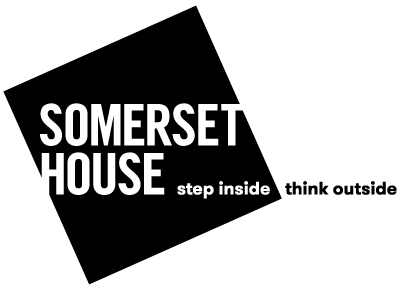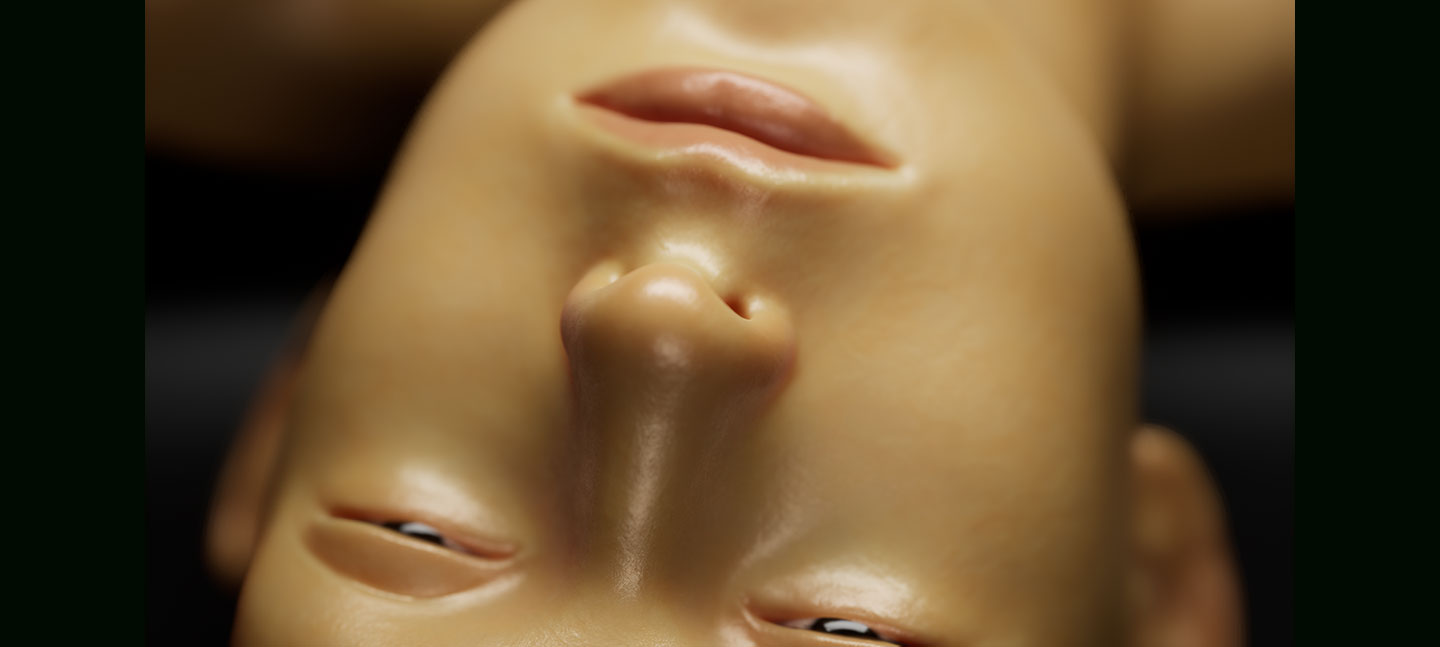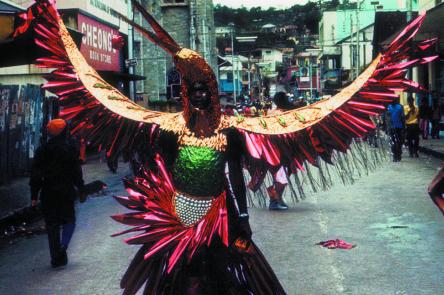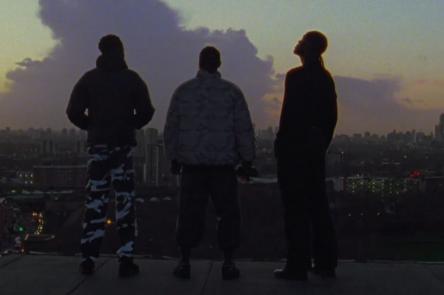
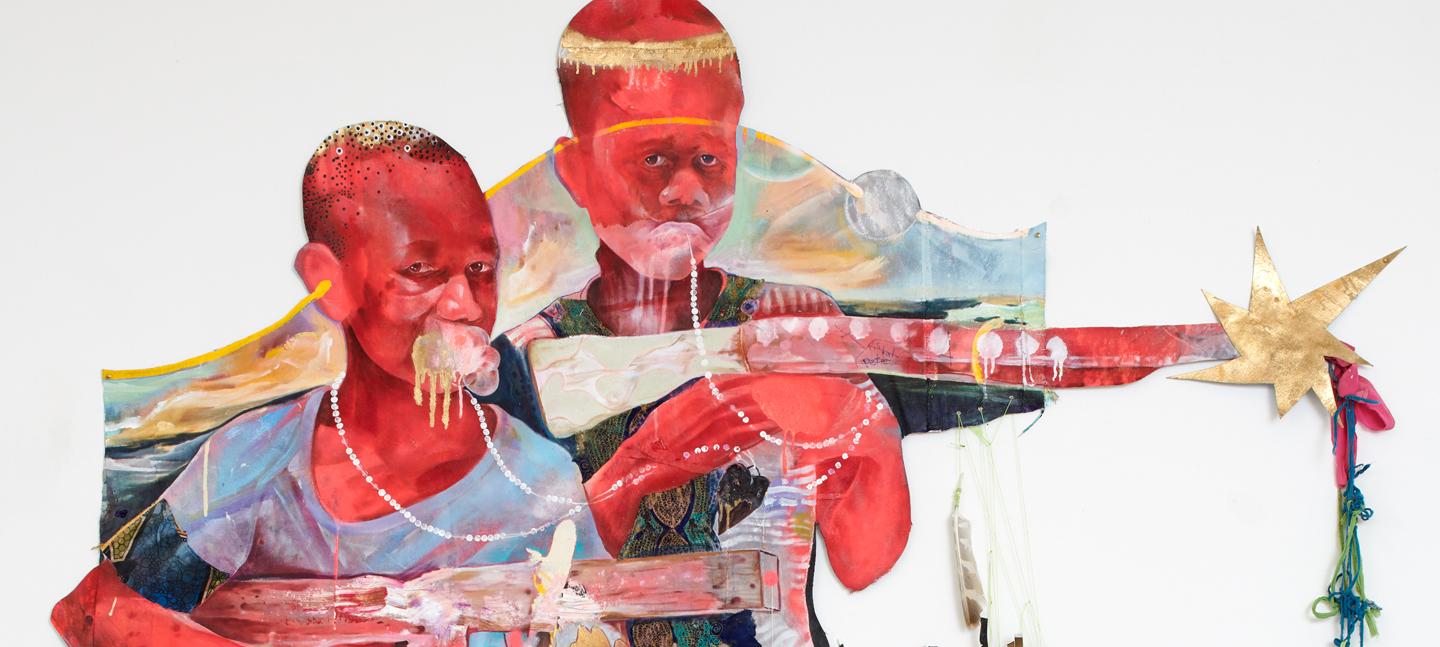
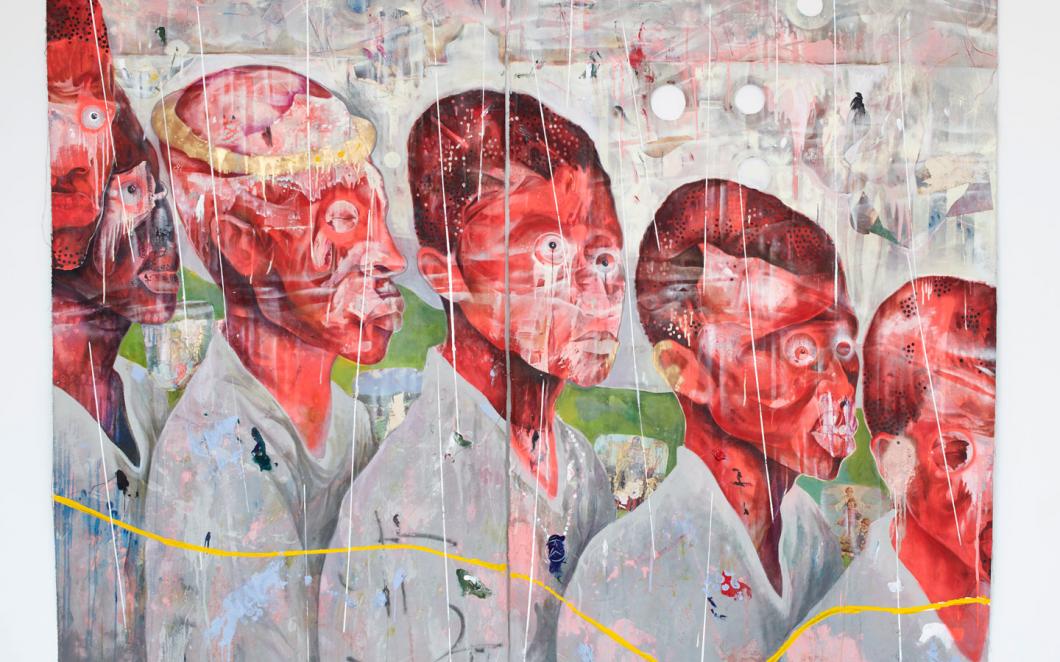
The Get Up, Stand Up Now gallery space is really bright and colorful, and Boys is definitely one of the more colorful pieces in the exhibition. It really grabbed me, particularly the redness of the boys’ faces. You call the characters in the series Redbones - can you tell me about them?
For the past four years I've been in and out of Senegal. As time progressed, I mentored a lot of the kids. They were all interested in the new digital media, mainly the cell phone, but also photographs. They speak Wolof, I speak English, but one thing we had in common was this notion of the photo. Long story short, I started just taking random photos and sharing them with the kids. After that I went back the following year to do a residency, but this time it was in a remote village called Sinthian. I was there I think nearly two months, and again just continued gathering photographs... but not really planning on using them.
How did you use them in the end?
I was browsing through my phone, took this one photo and just did a painting based on it. I just really got into it, and then began making the entire series called Redbones. Prior to this series, I've always had a very keen interest in mythology. I was, and still am, studying or researching Joseph Campbell's Monomyth, and the various stages that we as humans go through to survive and to be deemed hero. I coupled my research on The Hero's Journey and mythology to kind of make my own mythology, and that's how the Redbones came about. I'm not painting portraits, I'm just using the photos as a jumping-off point, and there's a story behind it… the story being that it's a group of underprivileged kids who are put on the front line by the mainstreamers in society, only to be deemed ‘hero’. The notion of the hero becomes a very important thing.
What about the name ‘Redbone’? It’s not as common a term here as it is in the States. But I know Black British communities here understand what it means to be a ‘redbone’ or even just ‘red’, which is what my family back in Ghana call anyone Black with lighter skin.
In America it's used a lot. I use that term not to paint ‘mulatto’, but just using it as the branding of this group of people that I'm creating. Even in the Caribbean, we use different terminologies. Definitely not redbone or yellowbone. It’s a term that I became familiar with, particularly in the South.
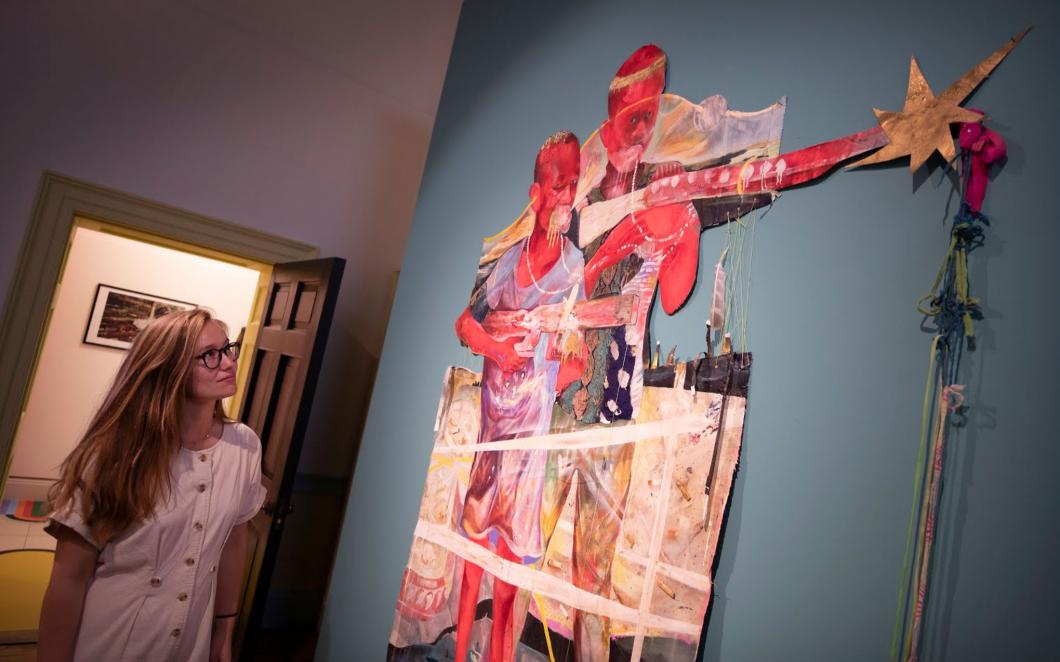
I find it really interesting, this idea of heroism you’ve touched on, particularly when it comes to young Black boys. Childhood comes up in this exhibition a few times. There’s definitely a relationship between childhood that isn't seen as childhood or as innocent, and how that can leak into the fantastical. Does that make sense?
It definitely makes sense. I kind of agree, and I kind of think about my work in a similar sense. What I'm creating spans beyond just mere heroism. Impoverished kids being put on the front line in armies and militaries, the amount of impoverished people who go through the system, the church… I’m also very interested in the universal. I'm not only speaking to the Bahamas or about the Bahamas. My work relates to America, to Africa, to Asia, to the UK. All of these things, for me, make sense.
You know, the part of the section of the exhibition where your work is, is titled Dream to Change the World, which really links with that global outlook. Do you think art should do that? Should art always look to the wider world?
It's hard to say what art should do. I think I speak most confidently about what I should be doing and my responsibilities. I can't say what other peoples’ art should be, but I know art should not be just about art. I know that for sure. I think art should be well informed, as in there's a certain rigour when it comes to the research that you're doing. These are the things I am demand in my work. And again, the work comes after the research.
Do you come to Europe much?
Yeah, I do actually. I will be in London soon actually; me and Jack Bell have a show coming up in October.
Has it got a title?
Rebellion. It's going to be a show that's comprised of five large format paintings and some sculpture.
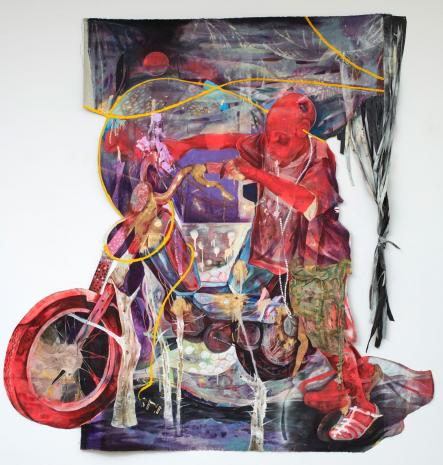
That's exciting. Just going back to Boys, one of the things I was struck by was that you list all the different sort of things it's made of. Spray paint, but also cigarette butts and things like that. Why the foraging of all these things that might be discarded, like string, and putting it in the work?
For me, how I operate... when you think about myths, there's usually a trickster figure within these narratives. So another role that I take on is the notion of artist as trickster. And when you think about the tricks, you think about shape shifting, you think about the alchemist, making something that's really mundane and ignored into something that's precious. What's beautiful about the process is material that's collaged usually happens from the site that I'm working in at the current time. So in that work, I have stuff from the village that I spoke about, I have stuff from Dakar, I also have stuff collaged in it from my studio in the DC area. Alchemy becomes very important. History becomes important. We have real DNA from the Sinthian village as these are clothing pieces from the people who lived in the village, that the goats took off the line and chewed up. I just ran around and picked them up. The cigarette butts, obviously that's the DNA of multiple people. I'm definitely interested in this carrying over of a DNA, but also this notion of trickery. How do I give something that's non-valuable and ignored some sort of value? How do I transform this thing? How do I use this thing that I'm transforming as a weapon of critique? Critique on society, critique on the people who are afforded the opportunity to own such a thing, who would probably ignore the person who I'm getting it from.
Isn't that almost what an artist does? Taking something non-valuable, a blank canvas or a piece of wood or whatever it is, and persuading the world it has value by using this… alchemy? And doing something to it, whether it's painting it or shaving it or whatever.
It's strange! I mean, all we do is trick people.
But it's a good trick! It's a trick where people know they’re being tricked but still go along with it, which is the best sort of trick.
Yeah, it's kind of like magic. That's definitely the take that I have when creating the way I create.
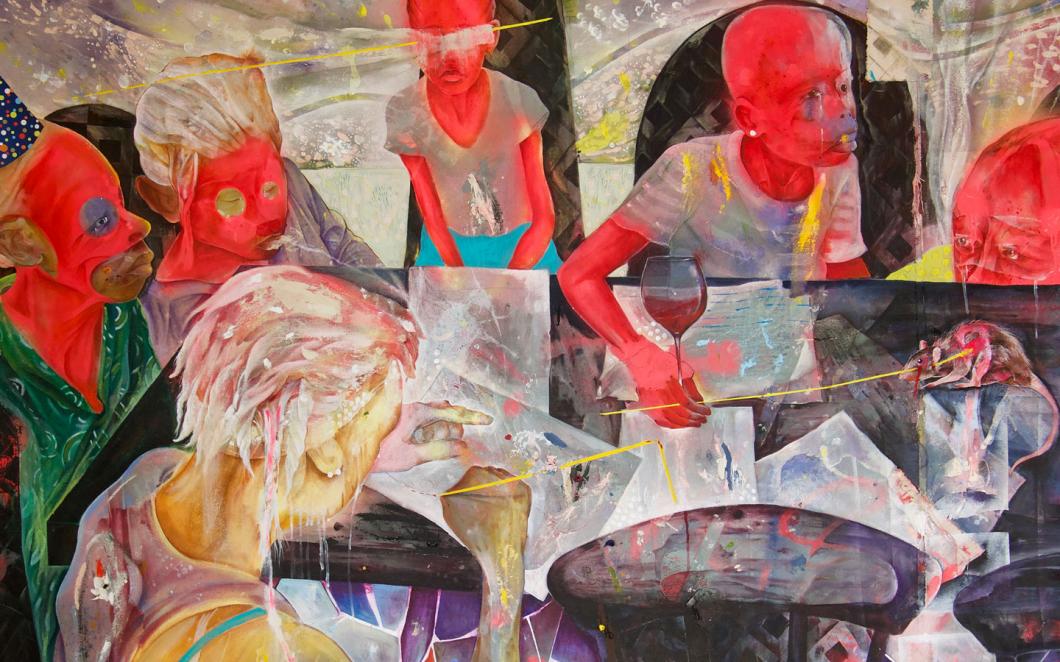
Interview by Bridget Minamore
Bridget Minamore is a British-Ghanaian writer from south east London. She is a poet, critic, essayist, and journalist, writing for The Guardian about pop culture, theatre, race and class. Titanic (Out-Spoken Press), her debut pamphlet of poems on modern love and loss, was published in May 2016.
Lavar Munroe's Boys is featured in Get Up, Stand Up Now at Somerset House, which runs from 12 Jun - 15 Sep 2019
